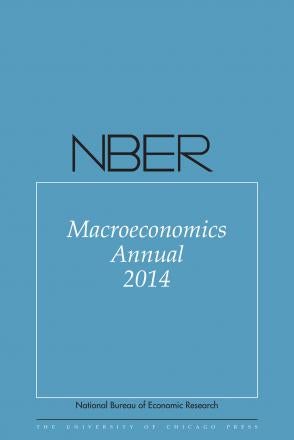Effective Monetary Policy Strategies in New Keynesian Models: A Reexamination

You may be able to download this chapter for free via the Document Object Identifier.
We explore the importance of the nature of nominal price and wage adjustment for the design of effective monetary policy strategies, especially at the zero lower bound. Our analysis suggests that sticky-price and sticky-information models fit standard macroeconomic time series comparably well. However, the model with information rigidity responds differently to anticipated shocks and persistent zero-lower bound episodes--to a degree important for monetary policy and for understanding the effects of fundamental disturbances when monetary policy cannot adjust. These differences may be important for understanding other policy issues as well, such as fiscal multipliers. Despite these differences, many aspects of effective policy strategy are common across the two models: in particular, highly inertial interest rate rules that respond to nominal income or the price level perform well, even when hit by adverse supply shocks or large demand shocks that induce the zero-lower bound. Rules that respond to the level or change in the output gap can perform poorly under those conditions.


